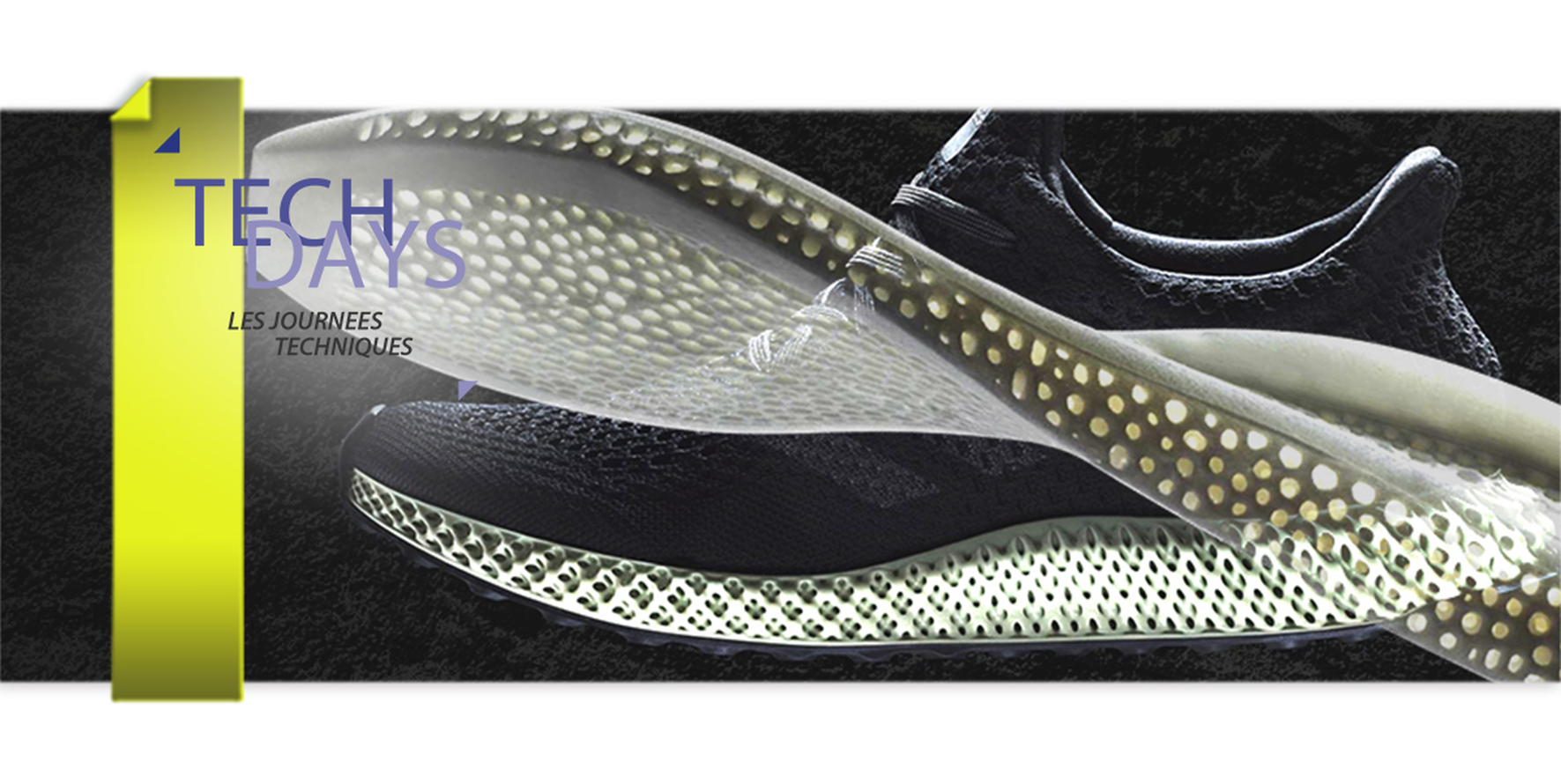What are the latest innovations in additive manufacturing?
Although additive manufacturing is already fully integrated into industrial processes, it is continuing to develop thanks to new advances in technology. The Additive Manufacturing Tech’Day, co-organized by IMT Mines Alès and Materiautech – Allizé-Plasturgie, brought together manufacturers and industry stakeholders for a look at new developments in equipment and material. José-Marie Lopez Cuesta, Director of the Materials Center at IMT Mines Alès, spoke with us about this event and the latest innovations in 3D printing.
What were the objectives of the Additive Manufacturing Tech’Day?
This event, which brought together nearly ninety people, was co-organized by IMT Mines Alès and Materiautech, which is network of institutions that organizes educational, technological and business activities on different plastic materials and processes for manufacturers and students. This provided an opportunity for several industry stakeholders to present their new developments in materials, tools and software through a series of conferences and demonstrations.
For us as researchers, the main objective of this tech day was to present our strategy in this area and build partnerships, particularly with manufacturers, with the aim of initiating projects.
What research projects are you currently working on in the area of additive manufacturing?
We have had the machines in the laboratory for a little over a year now, and we are beginning to launch projects. We just started a project focused primarily on engineering, for manufacturing an orthopedic brace, a medical corset. We also have a project in the initial development stages on SLS (Selective Laser Sintering) additive manufacturing technology, in partnership with a company based in Alès, and with potential funding from the region.
Has industry successfully taken advantage of 3D printing technologies?
Yes, absolutely. Today, 3D printing is seen as one of the major advanced manufacturing technologies. It is developing very quickly, with the emergence of new machines and new materials. As a laboratory, we want to be a part of this development.
For manufacturers, the goal is to develop new products with original shapes that could not be formed using traditional processes, while ensuring that they are durable and possess the mechanical properties required for their use.
Although it was initially used for rapid prototyping, 3D printing is now being used in all industrial sectors, particularly in the aerospace and medical industries, due to the complexity of the parts they produce. In the medical industry, additive manufacturing is used to produce prostheses and orthoses, as well as intracorporeal medical devices such as stents, mesh inserted in the arteries to prevent clogging, and surgical screws. Manufacturing these parts requires the use of biocompatible and approved materials, an aspect mastered by certain companies, which produce these materials as polymer powders or wires adapted to additive manufacturing.
In the aeronautics industry, this technology is used especially for printing very specific parts, for example for satellites. It allows parts to be replaced, especially metallic parts produced using molding techniques, by lighter and more functional 3D-printed parts. These parts are redesigned based on the innovations made available through additive manufacturing, which means they can be produced using as little material as possible, resulting in lighter parts.
Finally, 3D printing is perfectly adapted to manufacturing complex replacement parts for older devices that are no longer on the market. We are moving towards production means that are increasingly customized and flexible.
In additive manufacturing, what are the latest innovations in materials?
Materials are being developed that are increasingly complex. Nano-composites, for example, which are plastic materials comprising nanometric particles, offer improved mechanical properties, heat resistance and permeability to gas. New bio-composites are also being developed. These materials are composed of bio-based components and have a lower environmental impact than synthetic polymers. Other new materials present new features, such as fireproofing. We are seeking to enter these areas based on the areas of expertise that are already present at the Materials Center of IMT Mines Alès.
Beyond new materials, are there any new machines that have introduced significant innovations?
In this field, innovations appear very quickly: new machines are constantly coming out on the market. Some are even able to print several types of materials at the same time, or parts with increasingly complex symmetry. We also see greater precision in the components, and improved surface conditions.
In addition, one of the main issues is the speed of execution: enormous progress has been made in printing objects at greater speeds. This progress is what made it possible for 3D printing to expand beyond rapid prototyping and start being used for manufacturing production parts. In the automotive industry, for example, additive manufacturing technologies are in direct competition with other production processes.
Finally, 3D printers are more and more affordable. You can find €2,000 or €3,000 machines on the market. You can easily acquire a 3D printer for home use or take a sharing economy approach and use the printer within a joint ownership property. Now anyone can manufacture their own parts, and repair or further develop devices.
Also read on I’MTech:





Trackbacks & Pingbacks
[…] Quelles innovations en fabrication additive ? […]
Leave a Reply
Want to join the discussion?Feel free to contribute!